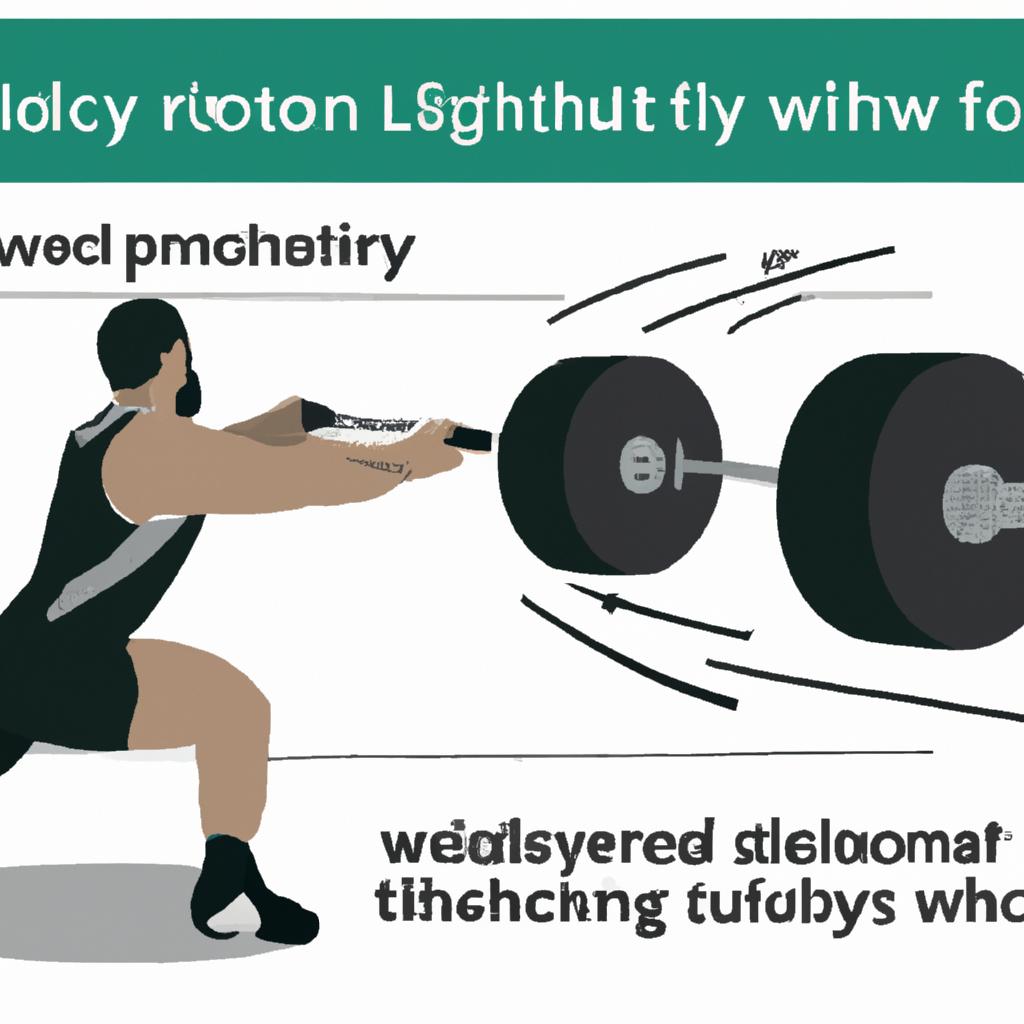**”The Role of Velocity-Based Training in Weightlifting: Enhancing Power Output and Strength Through Real-Time Feedback”**
# The Role of Velocity-Based Training in Weightlifting: Enhancing Power Output and Strength Through Real-Time Feedback
In the world of weightlifting, athletes and coaches are always on the lookout for innovative methods to enhance performance, optimize training, and ultimately achieve their fitness goals. One such method that has gained popularity in recent years is Velocity-Based Training (VBT). By measuring the speed of movement during weightlifting exercises, VBT provides real-time feedback that can help athletes improve their power output, strength, and overall training effectiveness. This blog post delves into the role of VBT in weightlifting, its nutrition implications, exercise advice, and health benefits, shedding light on how this method can transform your approach to strength training.
## Understanding Velocity-Based Training
### What is Velocity-Based Training?
Velocity-Based Training is a training methodology that involves the measurement of the speed at which a weight is lifted. By assessing the velocity of the barbell or other resistance during exercises, athletes can tailor their workouts based on their individual performance metrics. This real-time feedback allows for more personalized training regimens that focus on optimizing power and strength.
### The Science Behind VBT
The principle behind VBT is rooted in the force-velocity relationship in strength training. As the load increases, the velocity of the lift decreases. By identifying the optimal velocity for different training goals—be it strength, power, or hypertrophy—athletes can adjust their loads accordingly. This not only maximizes training efficiency but also reduces the risk of overtraining and injury.
## Nutrition Tips
### Fueling Your Workouts
To maximize the benefits of Velocity-Based Training, proper nutrition is essential. Here are some key nutrition tips:
– **Pre-Workout Nutrition**: Focus on consuming a balanced meal rich in carbohydrates and protein about 1-2 hours before your training session. This energy boost will enhance your lifting performance and velocity measurements.
– **Hydration**: Staying adequately hydrated is crucial for optimal muscle function and performance. Drinking water before, during, and after your workout can improve your endurance and recovery.
– **Post-Workout Recovery**: After your training session, aim to consume a meal or shake containing protein and carbohydrates within 30 minutes to replenish glycogen stores and facilitate muscle repair.
### Macronutrient Ratios
For strength and power athletes, a common macronutrient ratio is around 40% carbohydrates, 30% protein, and 30% fats. However, individual needs may vary based on specific goals, body composition, and training intensity.
## Exercise Advice
### Incorporating VBT into Your Routine
To effectively incorporate Velocity-Based Training into your weightlifting routine, consider the following guidelines:
– **Use the Right Equipment**: Invest in a reliable VBT device that can accurately measure bar speed. Popular options include linear position transducers and accelerometers.
– **Choose the Right Exercises**: Focus on multi-joint compound movements such as squats, deadlifts, and bench presses. These exercises yield the most significant benefits from velocity tracking.
– **Monitor Your Progress**: Regularly track your velocity data to identify trends and adjust your training program as needed. Aim to lift at optimal velocities for your specific goals, whether that’s maximum strength or explosive power.
### Setting Goals with VBT
Establish clear performance goals based on your velocity measurements. For example, if your goal is to increase power output, aim for a specific velocity range (usually between 0.75 and 1.30 m/s) during your power-focused lifts. Adjust your training loads to stay within this range for optimal results.
## Health Benefits
### Improved Performance Metrics
Velocity-Based Training not only enhances power output and strength but also offers a plethora of health benefits, including:
– **Injury Prevention**: By monitoring fatigue levels through speed metrics, athletes can prevent overtraining and reduce the risk of injuries.
– **Enhanced Muscle Activation**: Training at optimal velocities encourages greater muscle recruitment, leading to improved overall strength and performance.
– **Better Recovery**: VBT allows athletes to identify their recovery needs more accurately, leading to tailored rest and recovery protocols that enhance long-term performance.
### Psychological Benefits
Engaging in VBT can also boost motivation and psychological well-being. The immediate feedback provided by velocity measurements can instill a sense of achievement, encouraging athletes to push their limits and strive for continuous improvement.
## Conclusion
In summary, Velocity-Based Training is a powerful tool in the arsenal of weightlifting, offering real-time feedback that enhances power output, strength, and overall training effectiveness. By integrating proper nutrition, strategic exercise advice, and recognizing the myriad health benefits, athletes can unlock their full potential and achieve their fitness goals more efficiently. Embracing VBT could very well be the game-changer you need on your journey to strength and performance excellence.















Post Comment